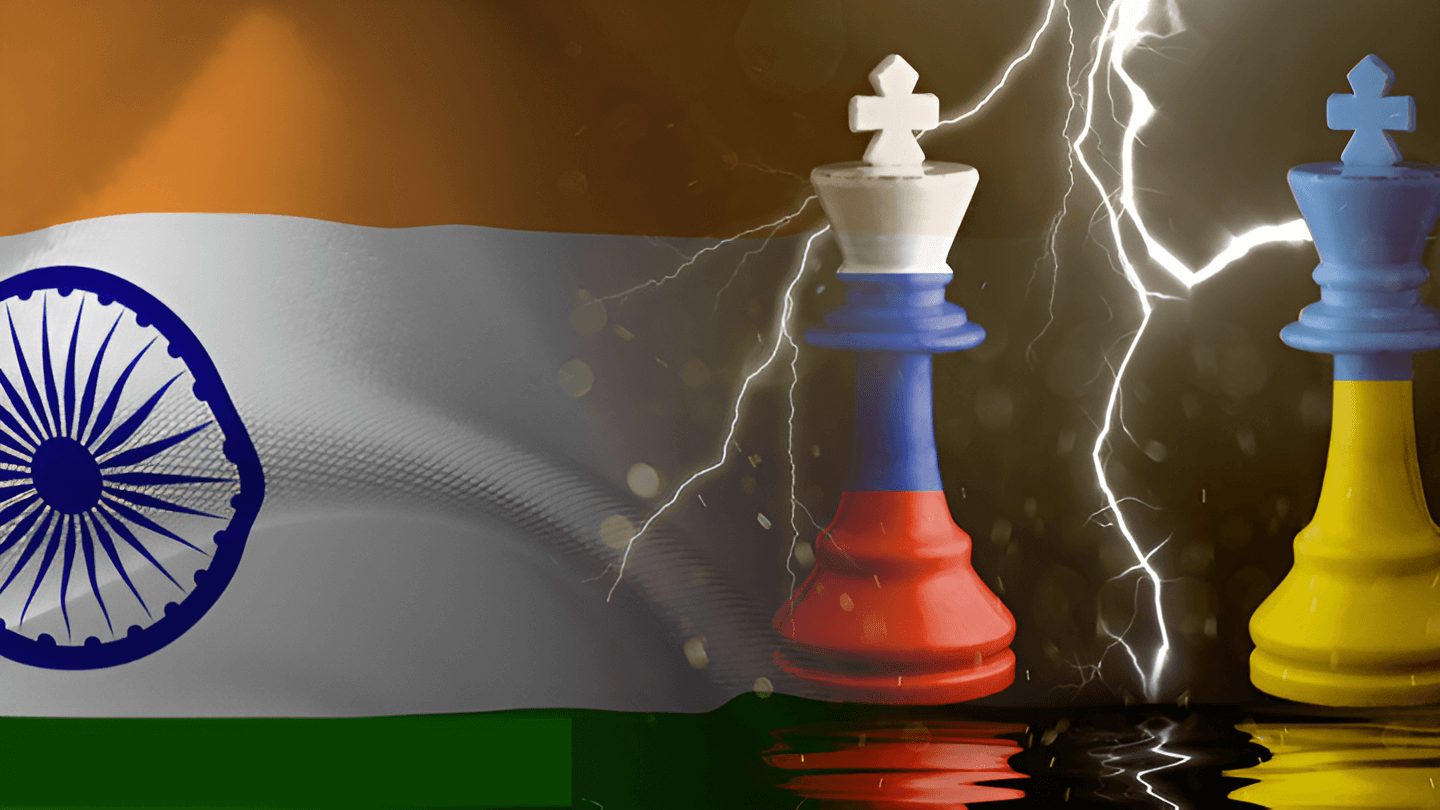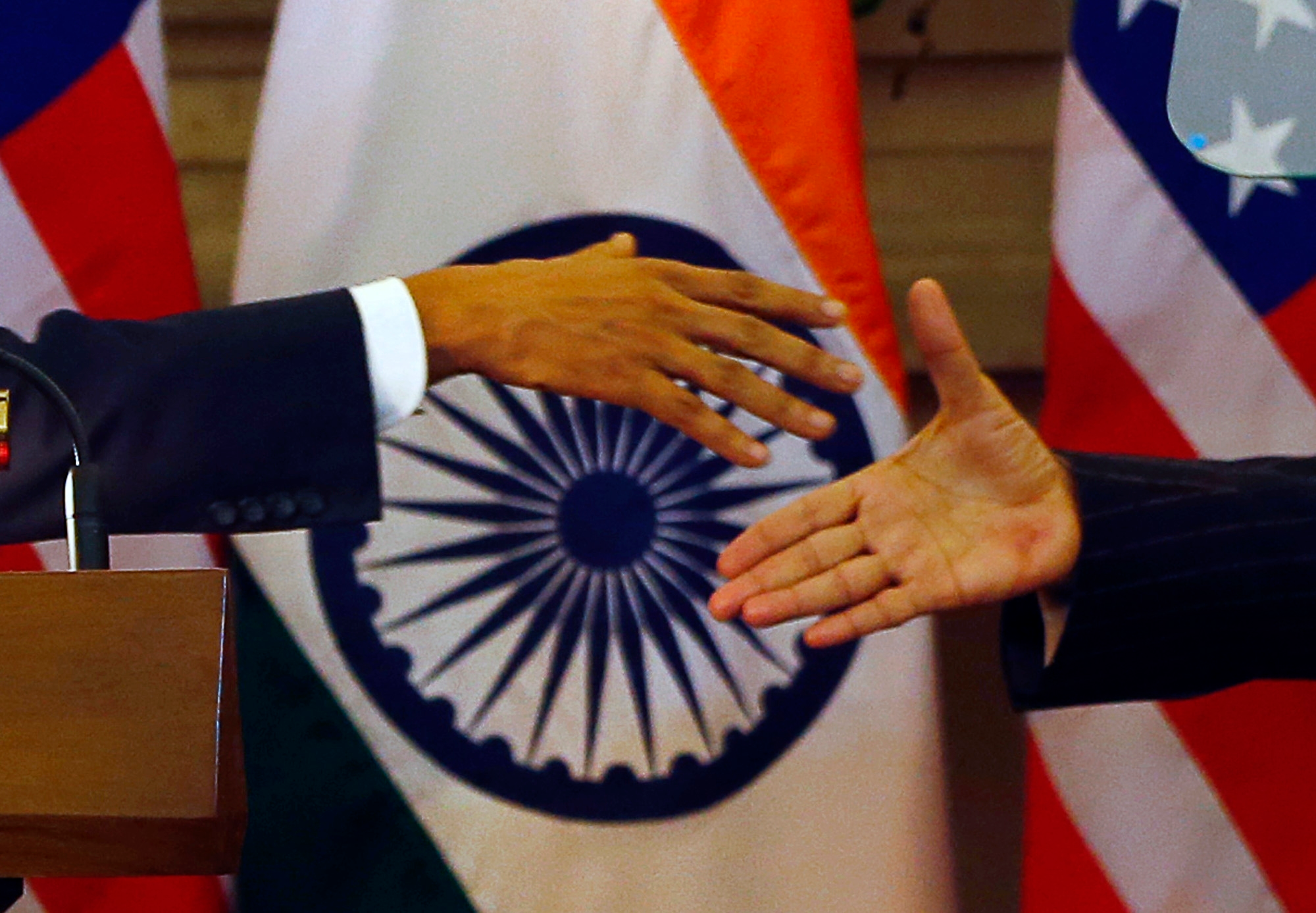The art of accomplishment is a common way that strategy appears in the fabric of our everyday lives. But when we look at international relations as a larger picture, especially when it comes to governments and nations, we see how intricate strategy is in all its facets. National goals differ, as do the methods used to attain them, and conflict is a common feature of the international scene. Strategic studies stands out from other academic fields due to the constant threat or use of force, which implies that decisions made by leaders have a significant impact on the lives of millions of people.
The Human Toll of Strategic Decisions:
Even if they are carried out with impersonal tools, strategic judgements are intensely personal. Authorities become masters of destiny, directing a grim dance on the highway of war with far-reaching effects that go well beyond the battlefield. The cruel truth is that no war is ever good, but those that end in defeat also leave their victims with the terrible consequences of post-war peace. Losing wars can be a nightmare that never comes to an end. Achieving policy objectives while being aware of the inherent constraints—whether they be related to ambition or available means—is how effective tactics and strategy interact.
Grand Strategy as a Balancing Act:
Grand strategy is a cornerstone of statecraft that has its origins in the Kautilya school of thought. It encompasses both military and non-military domains. It guides nations in the pursuit of goals within the limits of their capacities and acts as the cornerstone for preserving balance between means and ends. Timing military operations becomes just as important as carrying them out, highlighting the wisdom of peaceful rivalry over escalating hostilities. The historical rise of superpowers is frequently traced back to the accomplishment of their large-scale strategic initiatives.
Revisiting Forgotten Dimensions:
Leading Oxford University war historian Michael Howard wrote a seminal piece titled “Forgotten Dimensions of Strategy” in 1979. It outlined four crucial factors—operational, logistical, sociological, and technological—that influence how wars are fought and how they end. The resurgence of geopolitical struggle among major nations highlights the importance of geopolitics, a fifth dimension that plays a crucial role in the current international system’s anarchy.
The Russia-Ukraine Conundrum:
The ongoing confrontation between Russia and Ukraine is a prime example of large power deterrence gone wrong, with both parties making poor decisions about communication, credibility, and capacity. Even though there have been strained relations since the 2014 uprising in Kyiv, multiple chances for a peaceful settlement were missed, which contributed to the extended war. Russia’s use of force, motivated by worries about its neighbours, does not represent effective deterrence, and Ukraine’s decision to join NATO went beyond a line that Russia has drawn since 2007. A lengthy military standoff with international ramifications is the end result.
Proxy Wars and Global Ramifications:
Initially confined to Ukraine, southern Russia, and the Black Sea, the Russia-Ukraine conflict has taken on global dimensions in the realms of economics, energy, information, and cyberspace. Ukraine is a prime example of how proxy wars turn into players on a geopolitical chessboard that are at the discretion of superpowers. With neither side attaining a clear victory, the dynamics of the operational, logistical, technological, sociological, and geopolitical components produce a precarious stalemate.
Shifting Tides in the Second Year:
As the conflict moves into its second year, the odds start to move to Russia’s advantage. Designed to undermine Russia’s war effort, sanctions unintentionally encouraged the country’s defence industry to rebound, helped along by a significant rise in defence spending. After experiencing some early losses, Russia modified its military approach and deliberately reduced the fighting capability of Ukraine. The ISR revolution and the spread of drones undermine Ukraine’s offensive capabilities as the fight shifts from manoeuvring to attrition.
International Dynamics and Waning Support:
The geopolitical and logistical picture is altered by the West’s growing weary of the Ukraine scenario as well as political changes in Europe and the US. Ukraine faces greater difficulties as a result of the United States’ focus being diverted to other international issues and the country’s declining military force. By gaining from these changes, Russia puts itself in a position to possibly dictate the conditions of a contentious peace agreement.
India’s Pragmatic Diplomacy:
In reaction to the conflict between Russia and Ukraine, Prime Minister Modi of India has emphasised pragmatic caution, stating that we are not living in a time of war. The diplomatic emphasis is on protecting Indian nationals in Ukraine while drawing attention to wider ramifications such as effects on food, energy, and global imbalance. India recognises the importance of preserving diplomatic equilibrium as it navigates the intricacies of a shifting global order while balancing relations with both the United States and Russia.
Lessons for India in a Shifting Landscape:
India may learn a lot from the changing face of international relations, as demonstrated by the Russia-Ukraine war. Long-term conflicts that are defined more by national tiredness than by military loss represent a paradigm shift that calls for a review of defence policies, supply chains, and public readiness. Cyber, space, and AI have created multidomain conflict conditions that require technological breakthroughs and unexpected strategic moves.
Geopolitical Balancing Act:
India’s diplomatic ties to major powers, especially the United States and Russia, highlight the significance of a careful geopolitical balance. Realising that proxies can be dangerous and that external balancing has its limits, India highlights the importance of having strong military and economic capabilities. In the face of U.S. engagement and participation in efforts such as the Quad, India remains steadfast in its desire to retain its strategic autonomy and reject absorption with foreign defence forces.
India’s Unique Path:
The challenges of the upcoming decade are severe and will require a combination of sacrifice, ingenuity, and national power. India is in a better position to negotiate the shifting geopolitical landscape because of its peaceful military revolution, which includes modernization and defence reforms. To move India closer to its goal of becoming a great power, it is essential to support economic growth, uphold equity, and welcome innovation.
Strategic Thinking and the Wisdom of Kautilya:
India is able to create a strategic framework that is tailored to its current requirements by drawing on the rich heritage of strategic thought included in Kautilya’s Arthashastra. It becomes clear that strategic autonomy is both a practical requirement and a civilizational demand. India’s ascent in the turbulent field of strategy depends on persistent trust, self-assurance, and a distinct vision based on its territory and culture.
As the world chessboard changes dramatically, countries need to learn from wars like the one between Russia and Ukraine. Moving forward, India must carefully balance military readiness, economic expansion, and diplomacy while adhering to the age-old ideas of strategic thinking. Prudence, insight, and an unwavering commitment to strategic autonomy must guide India’s distinctive route on the interconnected globe, where the fallacies of external balance become evident.








